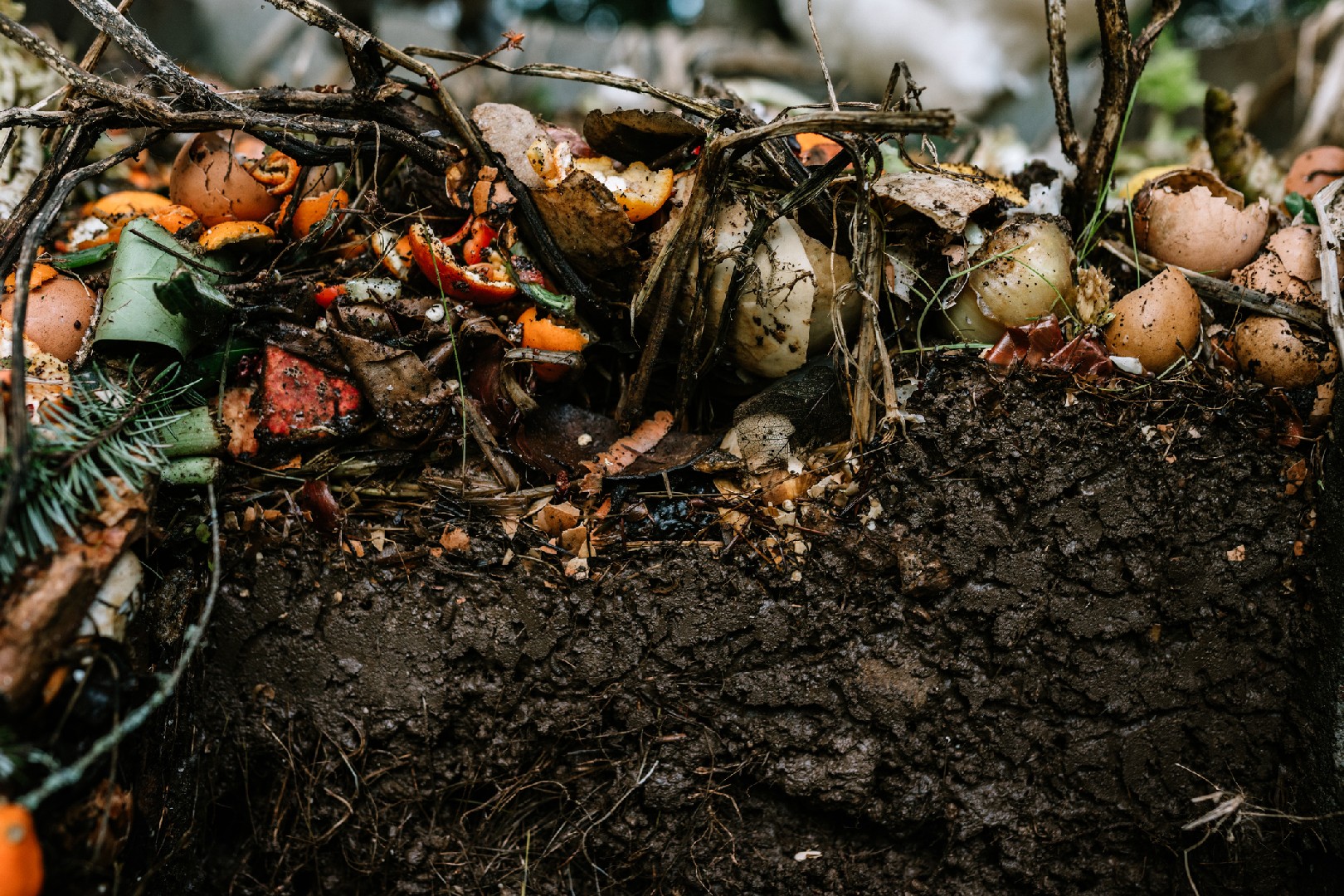![Rectangle]()
Common Challenges and Solutions in Layered Composting
Composting is an eco-friendly practice that not only helps reduce waste but also promotes healthy soil and plant growth. However, it can come with its own set of challenges. In this section, we will discuss some common issues that composters face and offer practical solutions to overcome them.
One of the most common challenges in layered composting is an unpleasant smell. When organic waste decomposes, it produces odorous gases like ammonia and hydrogen sulfide. To combat this issue, it is important to maintain the right balance of carbon and nitrogen-rich materials. Carbon-rich materials, such as dried leaves, straw, and wood chips, help absorb and reduce odors. Adding these materials in layers along with the nitrogen-rich kitchen scraps and yard waste can help mitigate the unpleasant smell. Additionally, turning the compost pile regularly aerates it, allowing oxygen to reach the organic matter and accelerate decomposition, minimizing odor.
Another challenge that composters face is maintaining the right moisture balance. A compost pile that is too dry will decompose slowly, while a pile that is too wet can become anaerobic and produce a foul smell. To prevent dryness, it's essential to regularly water the compost pile. However, if the pile becomes too wet, you can add dry materials like straw or shredded newspaper to absorb excess moisture. It is also crucial to cover the compost pile with a breathable material like burlap or a tarp to protect it from heavy rain and excessive evaporation.
Pests can be another concern when it comes to composting. Flies, rodents, and other critters are attracted to the decomposition process and the odor. To prevent pests, it is important to avoid adding meat, dairy products, oily food scraps, and pet waste to the compost pile. These materials are not suitable for home composting and can attract unwanted visitors. Additionally, you can use a well-sealed compost bin or vermicomposting system to keep pests out while still allowing the composting process to take place.
Lastly, slow decomposition can be frustrating for composters. If your compost pile is not breaking down as quickly as you'd like, there are several solutions you can try. Firstly, ensure that your pile has the right balance of carbon and nitrogen-rich materials. If your pile is too carbon-rich, you can add nitrogen-rich materials like grass clippings or kitchen scraps to speed up decomposition. Secondly, shredding or chopping larger items into smaller pieces can increase surface area and accelerate decomposition. Lastly, turning the compost pile regularly, approximately once a week, can introduce oxygen and promote faster decomposition.
In conclusion, while composting can present challenges, there are practical solutions to overcome them. By maintaining the right balance of materials, moisture, and aeration, you can successfully manage common issues like unpleasant smell, pests, and slow decomposition. Happy composting!





